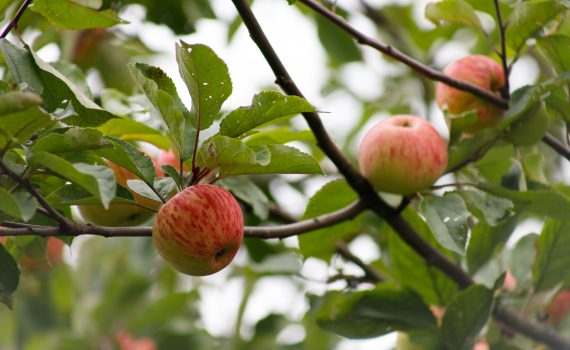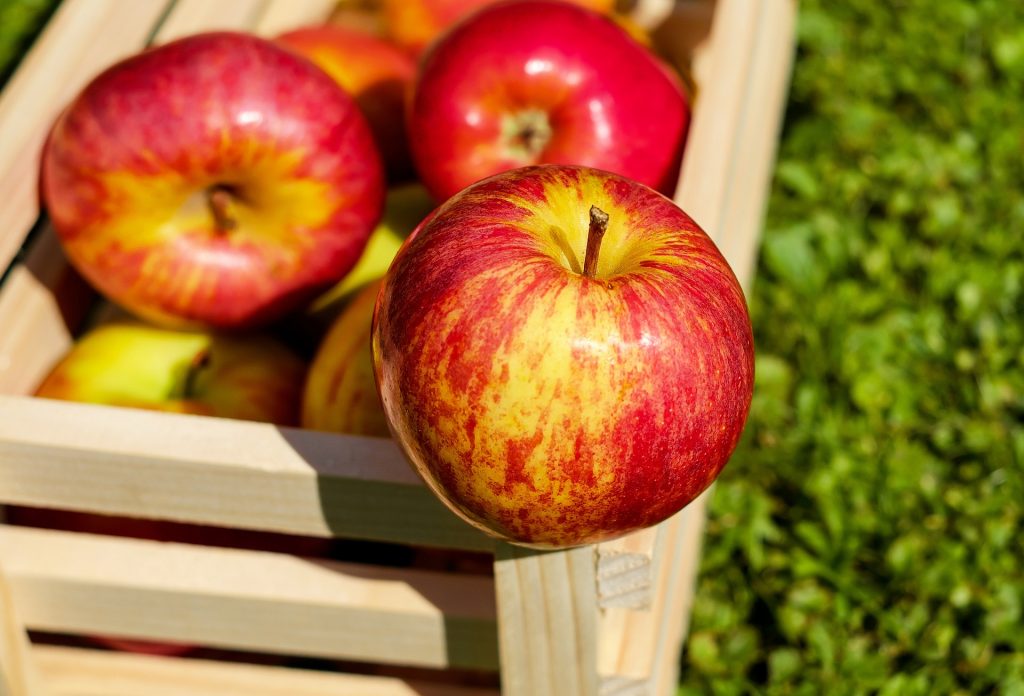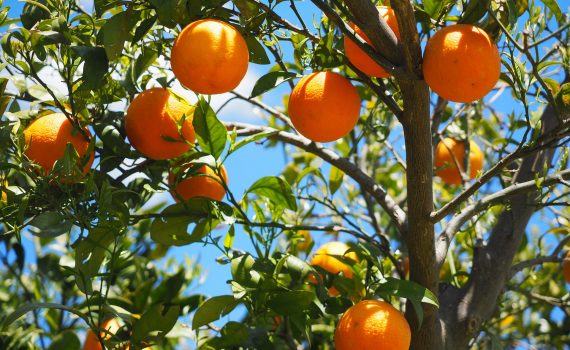An apple a day keeps the doctor away but how long does it take to grow an apple? Turns out, longer than you think.
In this article we will tell you how to take care of an apple tree, the additional apple tree care required for these plants, and provide you insight into apple tree maintenance for the life of the tree.
Keep reading to learn everything you want to know about apple tree care!
Apple Tree Care Requires Time and Diligence to Bear Fruit
Fruit tree care, especially apple tree care, is different from the care needed for other trees. It’s an investment in time and nurturing that not everyone is willing to make.
An apple tree, from seedling, will take between six and ten years to produce fruit. In addition to the long maturation time, these trees can grow to 40 feet tall with roots spreading outward about that high.
You’ll have to carefully consider placement to make sure the tree stays happy and healthy so you’ll eventually be able to pluck the fruits of your labor.
The best time to plant an apple tree is in the late fall or the early spring. Make sure to pick a spot protected from major wind gusts and where the tree will have plenty of room to stretch and grow. Windy spots tend to make the fruit fall before they’ve reached their maturity.
Protecting the Tree From Pests
Apple trees are particularly susceptible to insect and disease problems. This is common with any fruit-bearing tree as they are more attractive to a variety of different types of animals, or microscopic bacteria looking for food.
When it’s warm, in the early spring or summer, get on a good routine of antifungal treatments to keep the tree in good shape. The tree will benefit from regular pruning making sure you remove any dead leaves or branches and any signs of decay.
Common Apple Tree Ailments:
- Diseases:
- Apple scab
- Leaf spot
- Rust
- Powdery mildew
- Fire blight
- Creepy Crawlers:
- Scales
- Mites
- Aphids
- Apple maggot
Some common symptoms to look out for that point to an infestation or disease are:
- Spots and/or holes on leaves or fruit
- Stunted growth
- White coating on leaves
- Branch dieback
- Yellowing or browning of foliage
It’s best to act right away if you notice any of these signs and symptoms because they can quickly spread and lead to the death of the tree.
Too Much Effort? Let Us Take Care of Your Apple Tree Care For You!
The last thing you want to do in the midst of your already busy life is fret over the apple tree in your backyard. That’s why the professionals here at Sexytrees.com want to get you on a maintenance plan today.
Let us handle the pre-treatments and when they happen. Let us make sure your apple tree has everything it needs to give you bountiful crops every single year.
 Bringing Sexy Back Into Your Yards
Bringing Sexy Back Into Your Yards 


